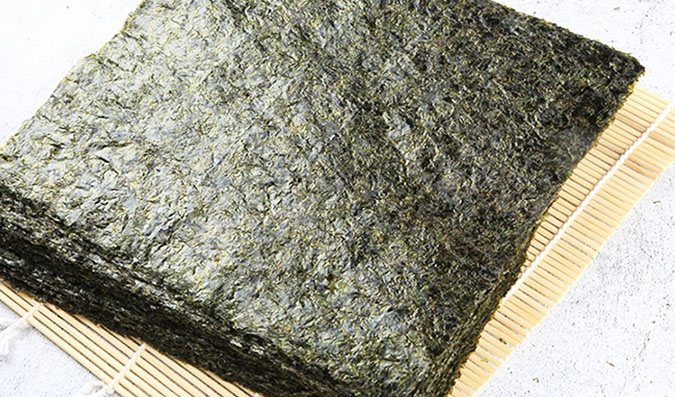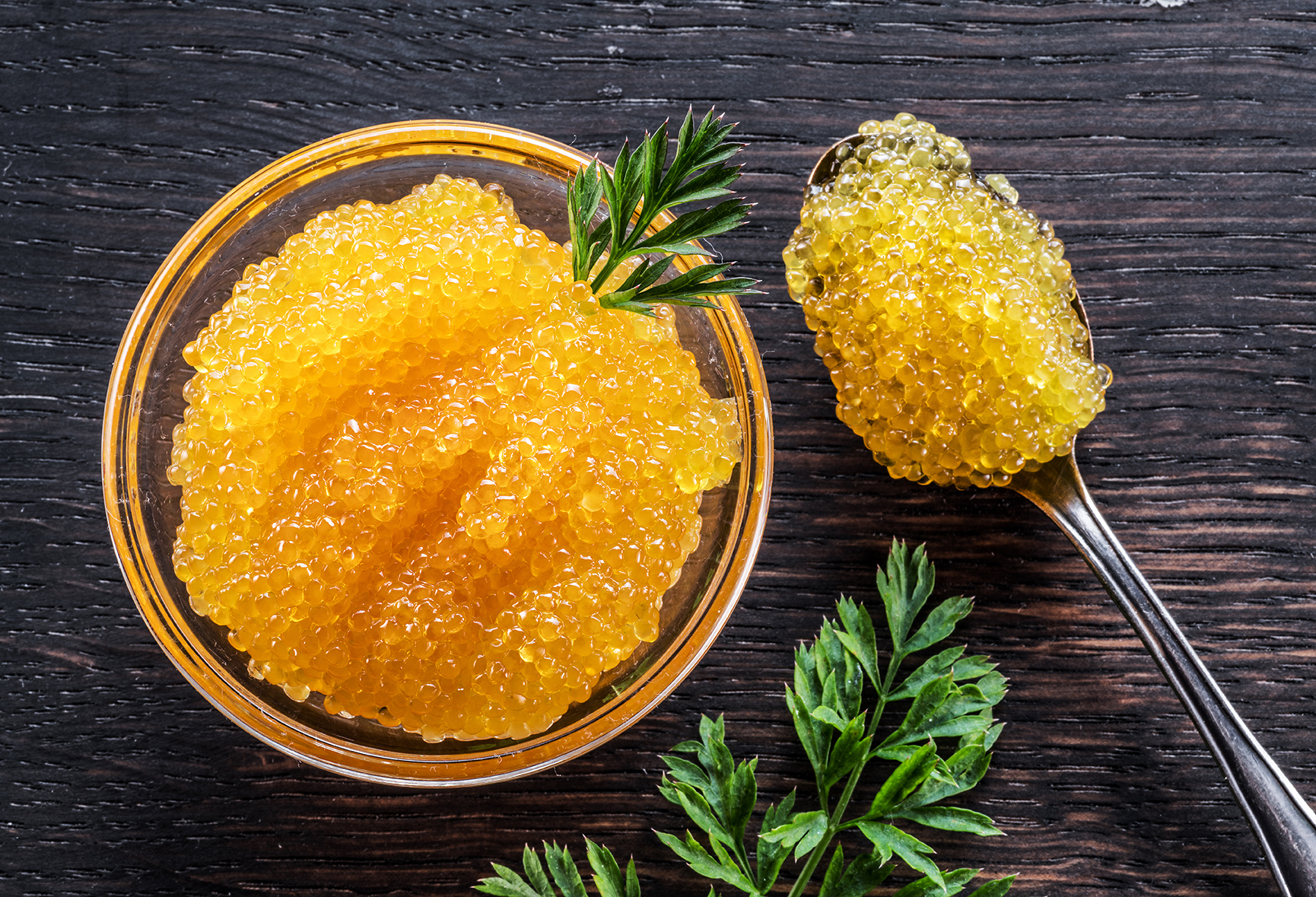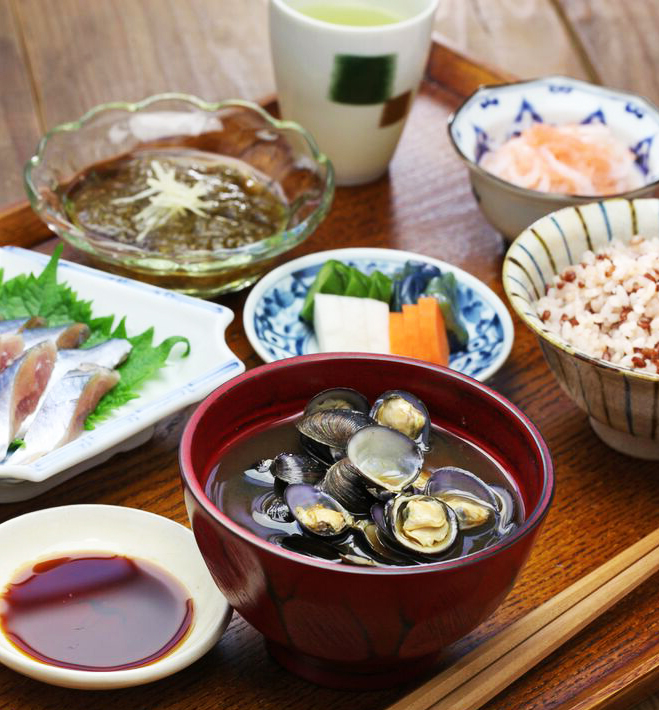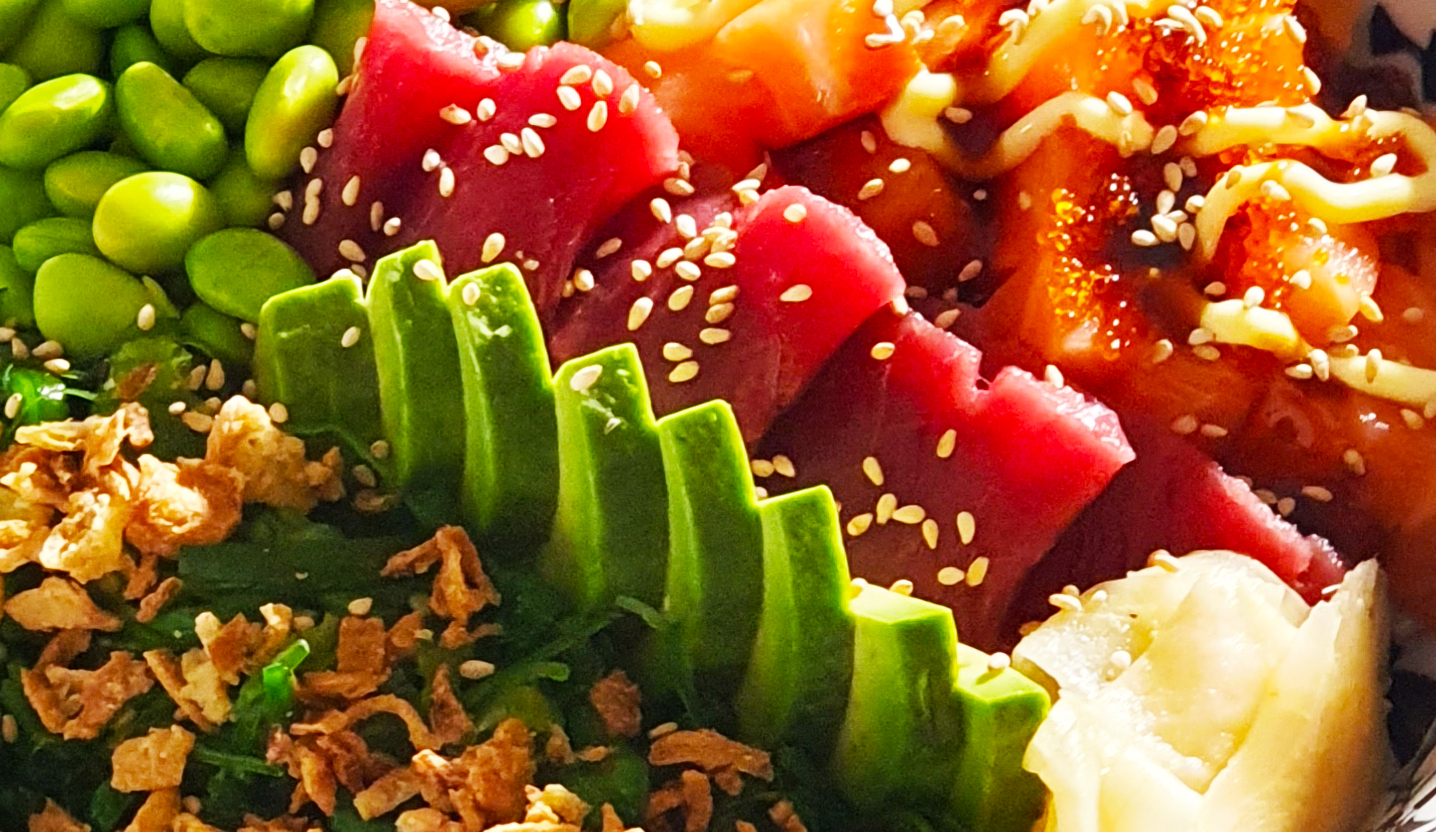Nori seaweed for sushi
How picky are you when it comes to purchasing sushi seaweed?
Many people think that all algae are the same. For recipes such as sushi, chefs often spend much more time focusing on the goodness of the fish and other ingredients they will put in their sushi rolls than on the seaweed. But like rice, nori seaweed is a key ingredient.
In temaki sushi for example, the
Nori
is the first ingredient to touch the consumer’s tongue-in its own way, it sets the stage for an exceptional tasting experience. Not all algae are the same. The world’s top sushi chefs know the essential but unobtrusive role of sushi seaweed in creating a superlative piece of sushi. In fact, in an exceptional piece of sushi, the nori is sometimes even more expensive than the fish itself! Connoisseurs of nori know that it can transform a recipe from mediocre to amazing.
How to make sushi seaweed?
Seaweed can be found on the market at all prices and of infinite quality, from the cheapest and cheapest to selections
fragrant and crunchy
from pristine seas. Nori is produced from an alga named Porphyra tenera. Cultivation takes place in the sea attached to nets suspended over the surface and where “farmers” operate from boats. The plants grow quickly, taking about 45 days from “planting” to first harvest. Harvesting is done using mechanical harvesters. Other machines grind the seaweed, pulp it, arrange it on sheets, and dry and roast it in ovens. From this baking comes the Japanese name Yaki (grilled), Sushi (for sushi) Nori (seaweed). The final product is a dark, thin, dry sheet about 18 cm × 20 cm and 3 grams in weight, one side smooth and the other rough. Some whole seaweeds already have 5 to 6 dashes marked to facilitate cutting the nori in half sizes for hosomaki and uramaki and 1/6, to cut the strip for gunkan.
What are the best sushi seaweeds?
They are specially cultivated in nutrient-rich waters, and meticulously harvested and processed with timeless care. Like tea, premium Porphyra is harvested early in the season. Location, water temperature, currents, and mineral content play a key role in giving nori its unique taste.
Nori seaweed sheets for sushi are available in different quality grades. Generally, one can tell the quality of nori by the color of the package, barring commercial forcing and sophistication. Internationally, nori are graded with letters of the alphabet and colors; in Japan, for example, there are 9 grades. The Japanese evaluate their nori by color, shine, weight, thickness, spots (holes), and also whether the nori contains other qualities of seaweed.
| Color | Grade |
| Gold | A |
| Silver | B |
| Blue | C |
| Red or Yellow | D |
| Green | E |
Most grades can be identified by this scale. This is not a definitive guide, however, different manufacturers assign different letters or colors to their nori and have their own grading system, so there are some exceptions.
The degree of nori is not determined by flavor, as one might think. The important thing is the appearance of the nori: the darker the color, the better. Higher grades, such as grade A or gold, have a very dark shade, which will become lighter as you go down the grade.
How to recognize bad seaweed?
If you know what to look for, there are many markers of a poor quality piece of seaweed. First, inspect your nori seaweed: poor quality nori are often brown or lighter green in color. You may notice that some areas are uneven, thicker or thinner, with a rough finish on both sides. You may also notice some larger holes and irregularities on a sheet. Lower-quality seaweed is often dry, bland or with a pronounced burnt taste, and considerably chewier than the best-quality seaweed.
How to recognize good seaweed?
A very good quality nori is dark green, almost black in color and has an even thickness across the entire surface, thin but not crumbling. Premium nori has a subtle flavor and natural sweetness, with no obvious flavors. This seaweed should be crunchy and yet have a softness that melts in the mouth. Above all, you should feel the umami, earthy and sea flavor at the same time.
Like wine, chocolate, cheese, and other artisanal ingredients, nori deserve a chef’s attention.
Are you curious to understand the difference? Nipponia imports as many as 13 different qualities, but all selected to offer good to excellent quality. Conduct a taste comparison yourself! It is only after you have tasted better that you will realize what you have been missing so far!




